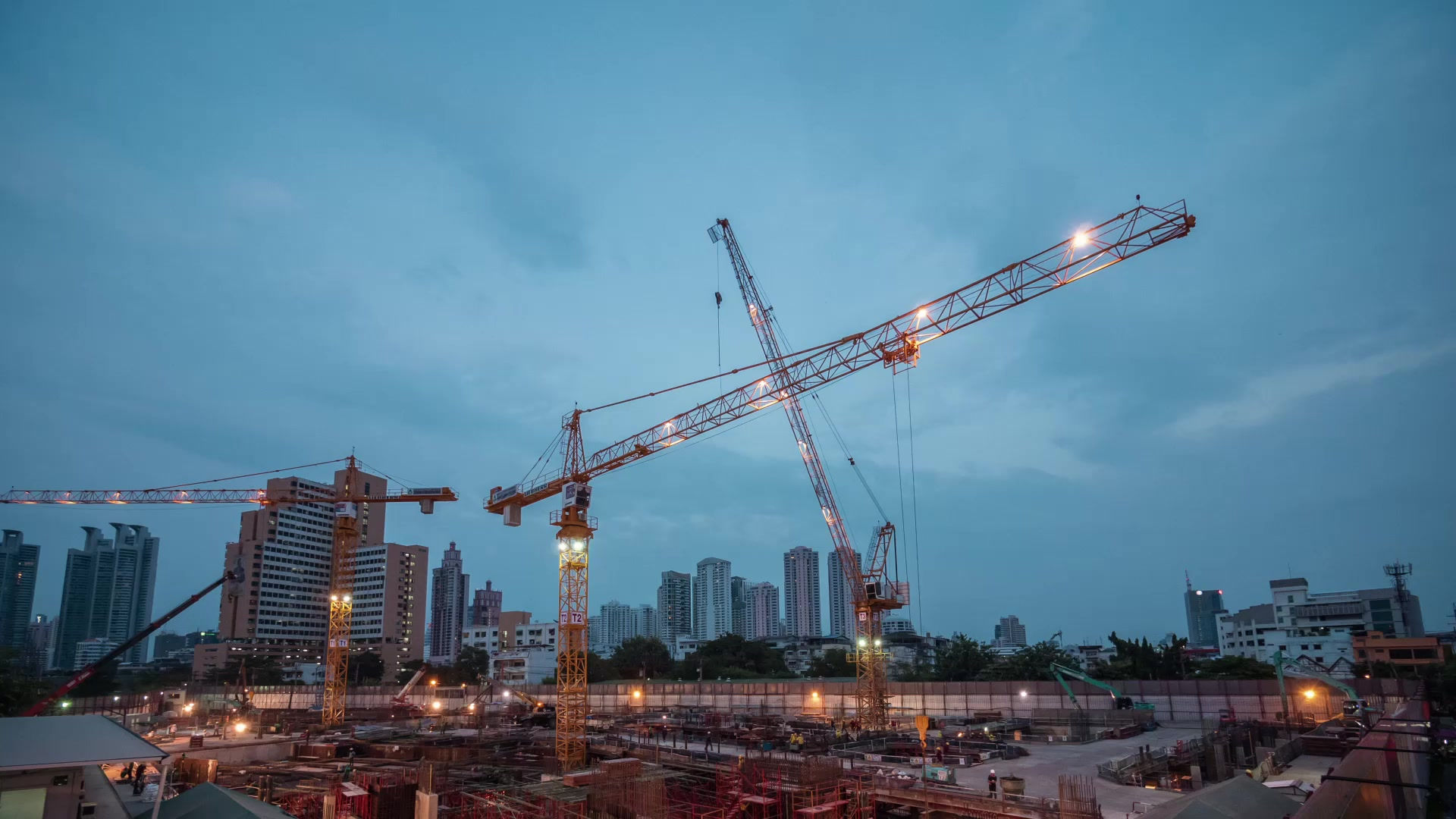#ANDnotOR
- christully5500
- Feb 25
- 4 min read
#ANDnotOR, I started using this tagline four or five years ago. I don’t recall the first time but it came about organically and eventually stuck. The sentiment was that there is more than one answer to many complex questions. In my case, I apply this to the thought process around what I call the great energy transition; the evolution of how energy is generated with the emergence of renewable energy.
On social media, I use it as my signature closing out posts. Followers and connections frequently tag me with #ANDnotOR. Many that disagree with my positions create hashtags pushing an opposing meaning. On the most part the tagline is used correctly, but not always.
The key aspects of #ANDnotOR are hot-button words in today’s environment; diversity and inclusivity. A balanced energy portfolio requires a variety of diverse power sources ensuring that the optimal solution is included for the right application. Meeting our energy demands necessitates multiple forms of generation, including fossil fuels, a reality that often sparks debate within the renewable energy sector.
The subject of how #ANDnotOR relates to the great energy transition is far too broad to capture in one post so I will focus this writing on the power grid. There have been volumes written on the stress to our grid and the growing energy demand will undoubtably make it even more challenging. The expansion of data centers due to the use of artificial intelligence and the proliferation of electric vehicles are two major contributing factors.
The #ANDnotOR philosophy as it relates to the grid is centered around the concept that we can have a stable, reliable, cost-effective system to deliver electricity when we need it, where we need it, without interruption. When you flip the switch, the light goes on. How to provide this power is not a question of nuclear or natural gas or renewables etc. We must have nuclear and natural gas and renewables.
My ideal grid would consist of strong baseload power, low-cost renewables, energy storage, and intermittent power to scale up when needed. It would also include a robust transmission network to send power where is it needed and a dynamic distribution system including microgrids to isolate areas of concern.
Nuclear is a good baseload source for power as it provides stable and predictable output. There are no NOx or CO2 emissions so it is considered clean energy even though the radioactive remains of the fuel must be stored indefinitely. Nuclear power is relatively expensive due to the high construction costs, long time to build, and the ongoing regulatory issues regarding safety and environmental concerns. The time to build a new nuclear facility can be ten years or longer, and the price tag is in the tens of billions.
Geothermal and biomass are complimentary baseload power sources which make a marginal contribution. They generate electricity day and night and are not affected by seasonal changes. Unfortunately, geothermal is geographically focused where tectonic activity is high and is generally segregated in the US to Western states. Fun fact, in Iceland geothermal is responsible for 30% of the country’s electricity (and 90% of its heating!).
Hydroelectric power is a reliable baseload energy source, though it can be affected by seasonal variations in water flow. Its ability to rapidly scale up to meet demand surges makes it highly versatile. Similar to nuclear energy, it produces no NOx or CO₂ emissions, but it does have some ecological impacts on wildlife.
Solar and wind are the least expensive sources of electricity. The sun doesn’t always shine and the wind doesn’t always blow, but together they produce 17% of the power in the US today. At times the output of solar and wind exceeds the total demand. You may have heard of the famous Duck Curve, when systems must be taken offline as there are no takers for the power. This is where energy storage comes into play.
Battery energy storage systems (BESS), be it utility scale, residential, or virtual power plants, can absorb the excess energy to reduce the curtailment of renewables. These can be discharged as needed to match the electric demand and balance the grid. Batteries are generally for short term storage. Pumped hydro is also an option to meet short term spikes. Using excess electricity to make hydrogen may be a consideration for long term storage, particularly for microgrid and end user sites.
The final piece to the #ANDnotOR grid is the natural gas plant. Natural gas is the workhorse of the US grid today accounting for ~40% of the energy produced. Natural gas plants can be ramped up faster than coal facilities and produce fewer emissions and particulate matter then coal. When matched with batteries, natural gas plants can be brought online efficiently, reducing the output emissions. Natural gas produced electricity is less expensive than every source except solar and wind and it works regardless of the weather.
Coal and petroleum plants still produce 16% of the US energy today and are the dirtiest form of energy in terms of particulate matter and CO2 emissions. In my scenario, coal plants would be phased out and decommissioned as more renewables and batteries come on line. This may also require additional natural gas plants to be built to handle capacity.
In my perfect #ANDnotOR grid we would have a baseload of nuclear (with geothermal if geology permits). Hydroelectric power would augment the nuclear and provide power as needed. Natural gas remains the workhorse for the majority of power needs. Wind and solar would continue to expand and take a larger portion of the load. Batteries would be incorporated to allow for a smooth transition as natural gas plants increase the output to meet the demand spike.
We have a long way to go to reach this architecture. When we do, we will have a resilient, cost effective, and cleaner grid. What more could you ask for?




Comments